Health and Wellness Trends
The hydroponics market in North America is also shaped by the rising health and wellness trends among consumers. There is a growing awareness of the nutritional benefits of fresh, chemical-free produce, which hydroponically grown crops often provide. As consumers become more health-conscious, they are increasingly seeking out organic and locally sourced food options. This trend is reflected in the projected growth of the organic food market, which is expected to reach $100 billion by 2025. Hydroponics aligns well with these health trends, as it allows for the cultivation of pesticide-free produce in controlled environments. Consequently, the hydroponics market is likely to see increased demand as consumers prioritize health and wellness in their food choices.
Rising Demand for Fresh Produce
The hydroponics market in North America experiences a notable surge in demand for fresh produce, driven by consumers' increasing preference for locally sourced and organic food. This trend is reflected in the growing number of hydroponic farms, which are capable of producing high-quality vegetables and fruits year-round. In 2025, the market is projected to reach approximately $2 billion, indicating a robust growth trajectory. The convenience of hydroponically grown produce, which often has a longer shelf life and superior taste, further enhances its appeal. As urban populations expand, the need for efficient food production methods becomes more pressing, positioning hydroponics as a viable solution to meet the rising demand for fresh produce in urban areas.
Government Support and Incentives
Government initiatives and incentives significantly influence the hydroponics market in North America. Various federal and state programs aim to promote sustainable agricultural practices, including hydroponics. Financial assistance, tax breaks, and grants for research and development are increasingly available to hydroponic farmers. In 2025, it is anticipated that government funding for agricultural innovation will exceed $500 million, with a substantial portion allocated to hydroponics. This support not only encourages existing farmers to adopt hydroponic systems but also attracts new investors to the industry. As policies continue to favor sustainable practices, the hydroponics market is likely to benefit from enhanced growth opportunities.
Technological Innovations in Hydroponics
Technological advancements play a crucial role in shaping the hydroponics market in North America. Innovations such as automated nutrient delivery systems, advanced lighting solutions, and data analytics for crop monitoring are enhancing productivity and efficiency. These technologies enable growers to optimize resource use, reduce labor costs, and increase yield per square meter. The integration of IoT devices and AI in hydroponic systems is expected to drive market growth, with estimates suggesting a potential increase in yield by up to 30% in the coming years. As these technologies become more accessible, they are likely to attract new entrants into the hydroponics market, further stimulating competition and innovation.
Environmental Concerns and Resource Efficiency
The hydroponics market in North America is significantly influenced by growing environmental concerns and the need for resource efficiency. Hydroponic systems utilize up to 90% less water compared to traditional farming methods, making them an attractive option in regions facing water scarcity. Additionally, these systems minimize land use and reduce the carbon footprint associated with transportation, as they can be established in urban areas. As awareness of climate change and resource depletion increases, consumers are more inclined to support sustainable agricultural practices. This shift in consumer behavior is likely to drive the adoption of hydroponics, positioning it as a key player in addressing environmental challenges while meeting food production needs.


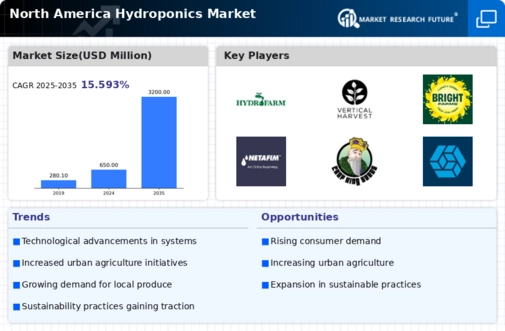
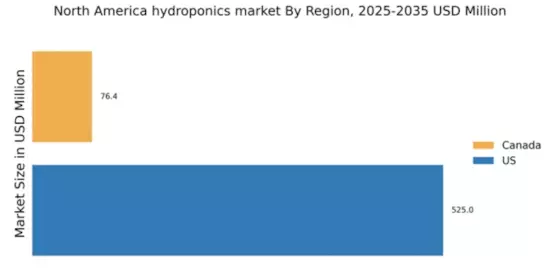
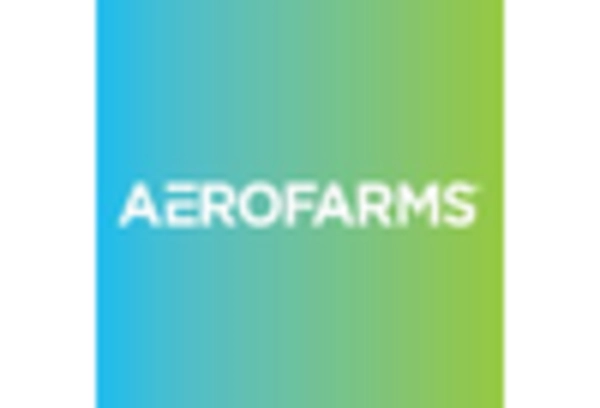

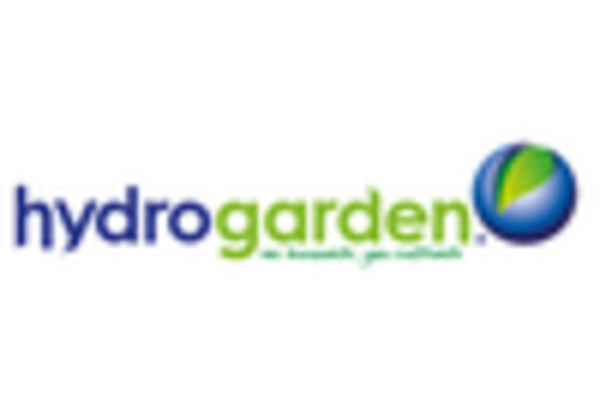
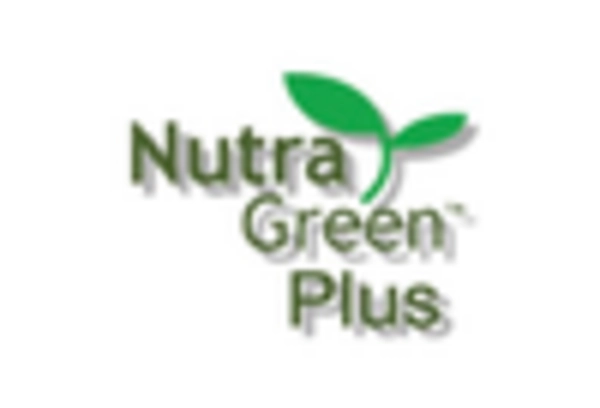
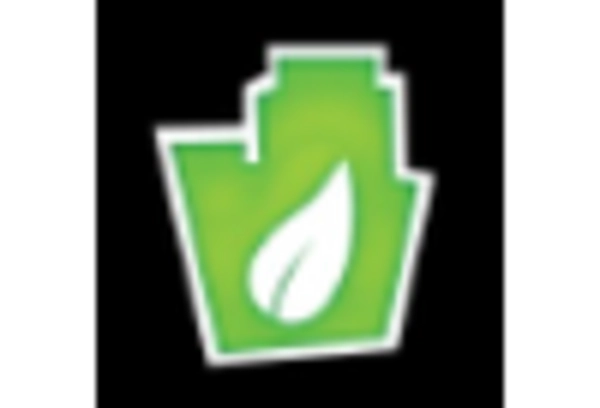
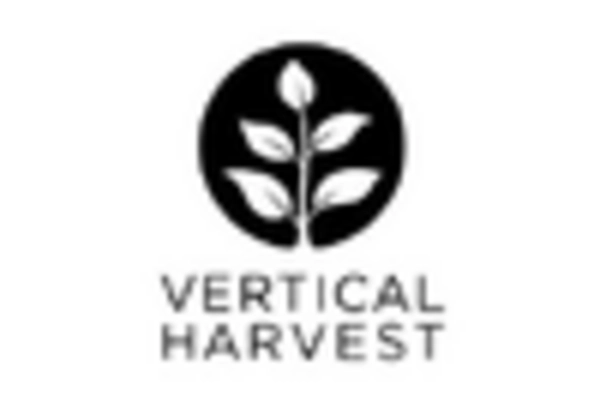








Leave a Comment